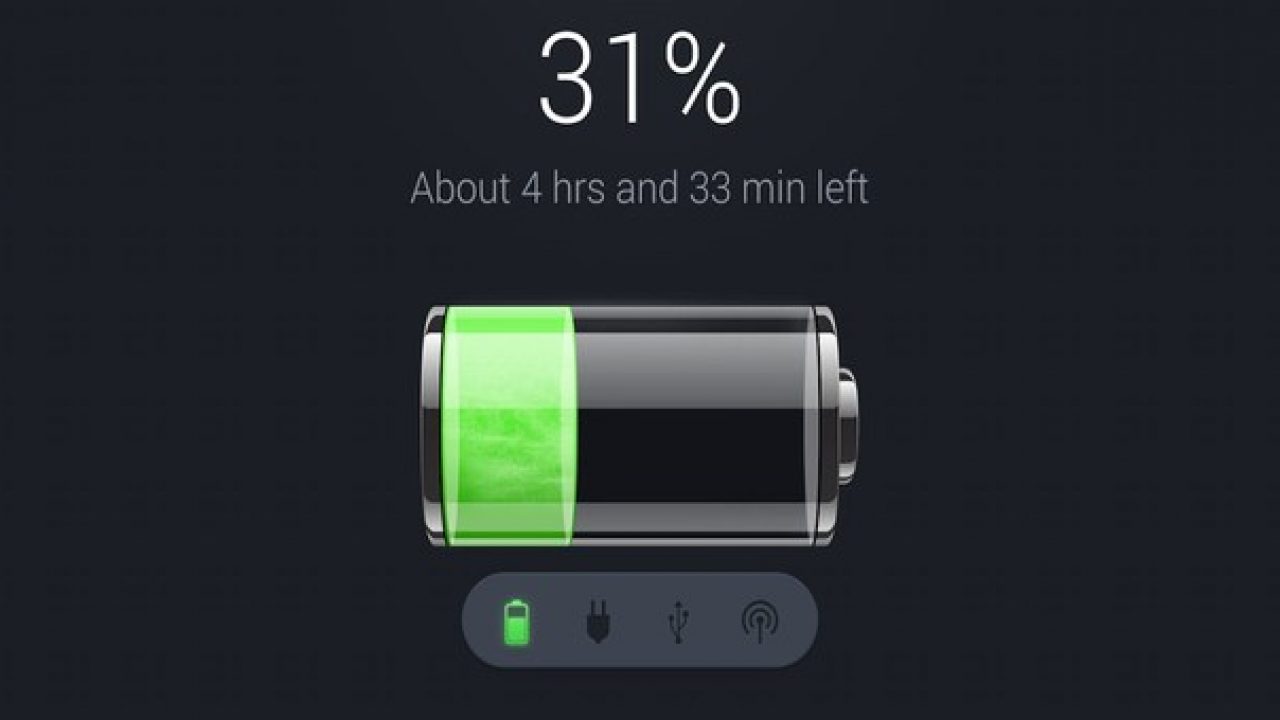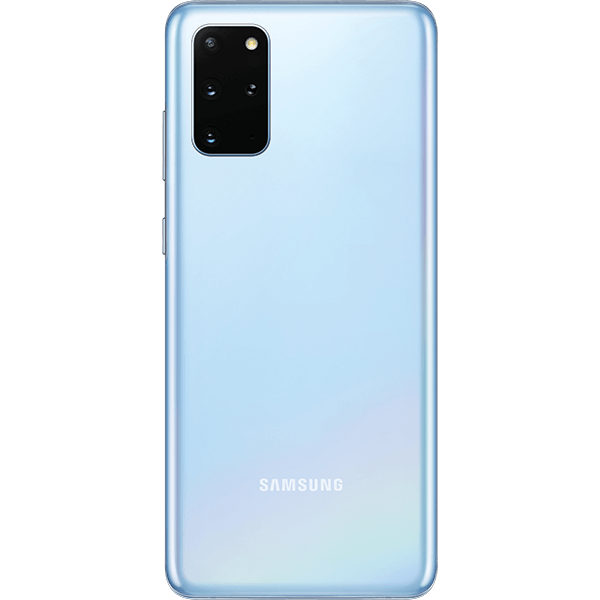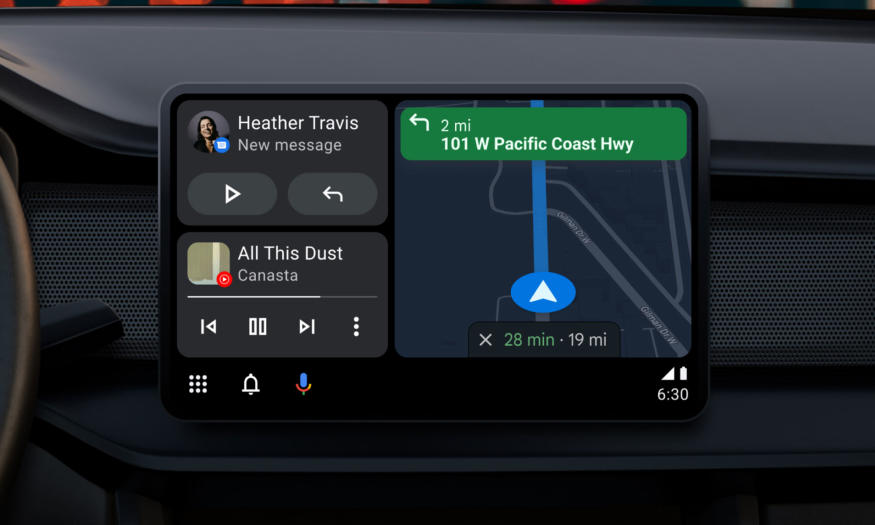As smartphones have become an essential part of our daily lives, battery health has become a crucial factor in ensuring the longevity and usability of our devices. Over time, batteries degrade and lose their capacity, leading to shorter battery life and potential performance issues. In this comprehensive guide, we will explore various methods to check your Android battery health and provide you with actionable solutions to optimize and maintain your battery performance.
Why is Battery Health Important?
Understanding battery health is crucial because it directly affects the overall performance and usability of your Android device. Battery health refers to the capacity and condition of your battery, indicating how well it can hold a charge and deliver power to your device. As your battery health deteriorates, you may experience shorter battery life, increased charging times, and potential performance issues. By regularly checking your battery health, you can assess whether it’s time to replace the battery or optimize your device’s settings to prolong its lifespan.
Checking Android Battery Health: Samsung Galaxy Phones
If you own a Samsung Galaxy phone, checking your battery health is relatively straightforward. Samsung provides a built-in method to monitor battery health through the Samsung Members app. Here’s how you can do it:
- Swipe down from the top of your screen to access the Quick Settings tiles, and tap the gear icon to open the Settings app.
- Scroll down and select “Battery and Device Care.”
- Under the “Additional Care” section, choose “Diagnostics.”
- Tap on “Phone Diagnostics.”
- In the Samsung Members app, locate the “Battery Status” icon and tap on it.
- You will see information about your battery’s health, indicated as “Good,” “Normal,” or “Weak.”
By following these steps, you can quickly assess the health of your Samsung Galaxy phone’s battery and take necessary actions if needed.
Alternative Methods to Check Battery Health
If you don’t own a Samsung Galaxy phone, don’t worry. There are alternative methods to check your Android battery health. Let’s explore two popular options:
Method 1: Android’s Hidden Diagnostic Menu
Android devices have hidden diagnostic menus that can be accessed by entering specific codes in your phone’s dialer. While these codes may not work on all devices and mobile networks, it’s worth giving them a try. Here’s how:
- Open your phone’s dialer app.
- Enter the code ##4636##.
- This should open a “Testing” menu, where you may find a “Battery information” section.
- Look for the battery health information in this section.
Please note that this method may not work on all devices, but it’s worth checking if you’re unable to access your battery health through other means.
Method 2: Third-Party Apps
If the previous methods didn’t work for you, there are several reliable third-party apps available on the Google Play Store that can help you check your Android battery health. One such app is “DevCheck,” which provides comprehensive information about your device’s hardware, including battery status.
To use DevCheck:
- Install the DevCheck app from the Google Play Store.
- Launch the app and navigate to the “Battery” tab.
- Here, you will find detailed information about your battery’s health, including its current capacity, voltage, temperature, and charging status.
DevCheck offers a wealth of information beyond battery health, making it a useful tool for monitoring your device’s overall performance.
Tips to Optimize Battery Health
While checking your battery health is essential, taking proactive steps to optimize its performance can significantly extend its lifespan. Here are some tips to help you optimize your Android battery health:
1. Avoid Extreme Temperatures
Exposing your device to extreme temperatures, whether too hot or too cold, can negatively impact battery health. Avoid leaving your phone in direct sunlight, using it in freezing temperatures, or exposing it to excessive heat. Optimal temperature ranges for battery health typically fall between 20 to 25 degrees Celsius (68 to 77 degrees Fahrenheit).
2. Optimize Screen Brightness
Screen brightness plays a significant role in battery consumption. Lowering your screen brightness or utilizing adaptive brightness settings can help conserve battery life and reduce the strain on your battery.
3. Manage Background Apps and Processes
Background apps and processes can drain your battery even when you’re not actively using them. Close unnecessary apps and disable background processes that consume excessive power. You can check which apps are consuming the most battery power in your device’s settings under the “Battery” section.
4. Enable Battery-Saving Modes
Android devices offer various battery-saving modes that help optimize power consumption. These modes limit background activities, reduce screen brightness, and disable certain features to extend battery life. Enable battery-saving modes when you know you won’t have access to a charger for an extended period.
5. Uninstall Unnecessary Apps
Unused or unnecessary apps can consume system resources and drain your battery. Regularly review your installed apps and uninstall those you no longer need. This practice not only frees up storage space but also improves overall device performance and battery life.
6. Avoid Overcharging
Overcharging your device can negatively impact battery health in the long run. Once your device reaches 100% charge, unplug it from the charger to prevent excessive stress on the battery. Additionally, avoid letting your battery drain completely before recharging it. Partial charging between 20% and 80% is generally recommended for optimal battery health.
7. Keep Your Device Updated
Regularly updating your device’s operating system and apps can improve battery efficiency. Developers often release updates with performance enhancements and power optimization improvements. Stay up to date with the latest firmware and app updates to ensure your device is running at its best.
8. Monitor Battery Usage
Monitoring battery usage can provide valuable insights into which apps or processes consume the most power. Android devices have built-in battery usage monitors that allow you to identify power-hungry apps. Use this information to make informed decisions about optimizing your device’s battery usage.
9. Use Battery Optimization Features
Android devices offer built-in battery optimization features that intelligently manage app behavior to minimize battery consumption. These features can be found in your device’s settings, usually under the “Battery” or “Power” section. Enable battery optimization for apps that regularly run in the background to maximize battery efficiency.
10. Adjust Sync and Push Settings
Frequent data synchronization and push notifications can drain your battery. Adjust your sync settings to reduce the frequency of data updates and limit push notifications to only essential apps. By managing these settings, you can conserve battery life without sacrificing important notifications.
11. Reduce Screen Timeout
Setting a shorter screen timeout interval can help conserve battery power. When your device remains idle for a specified period, the screen will automatically turn off, reducing unnecessary power consumption. Adjust this setting to a duration that suits your needs while balancing battery efficiency.
12. Consider Battery Replacement
If you’ve followed these tips and still experience significant battery degradation, it may be time to consider replacing your battery. Contact your device manufacturer or an authorized service center for battery replacement options.
By implementing these tips, you can maximize your Android device’s battery health and ensure optimal performance throughout its lifespan.
Conclusion
Checking your Android battery health is crucial to ensure your device’s longevity and usability. Whether you own a Samsung Galaxy phone or another Android device, there are various methods available to assess your battery health. By regularly monitoring your battery health and following optimization tips, you can extend your device’s battery life and improve overall performance. Remember, a healthy battery leads to a seamless and enjoyable smartphone experience.
Experiencing difficulties with your Device, check out our “How To” page on how to resolve some of these issues.







